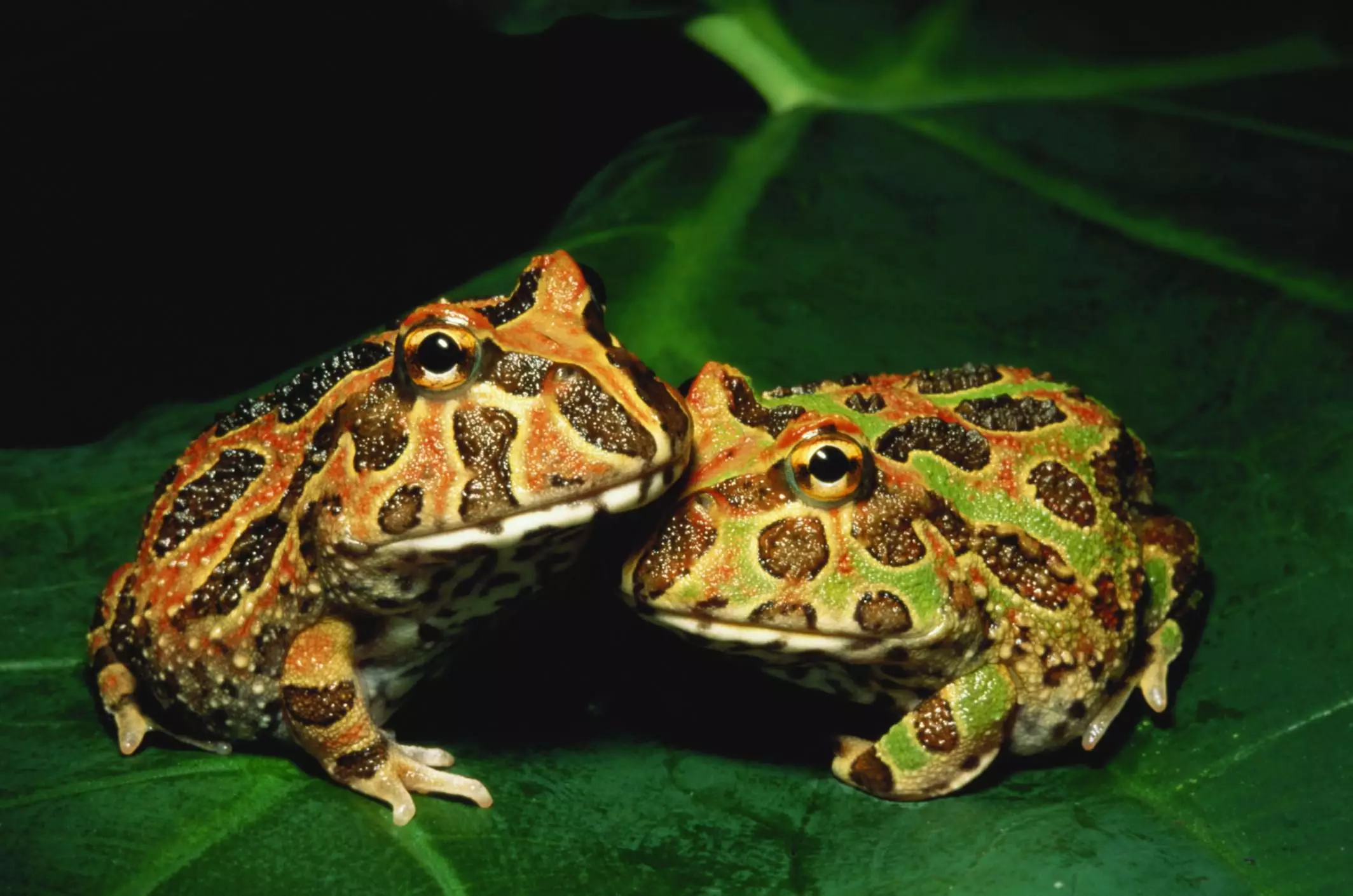Pacman frogs, known scientifically as *Ceratophrys ornata*, are distinctive amphibians renowned among exotic pet enthusiasts. Originating from South America, these fascinating creatures have found a place in many households due to their unique physical traits and relatively straightforward care requirements. However, potential owners should be aware of their specific needs and characteristics, as well as the responsibilities that come with caring for such a pet.
Named after the iconic video game character, Pacman frogs exhibit a charmingly rotund body and an impressively large mouth, giving them a cartoon-like appeal that many pet owners find endearing. Adult Pacman frogs can reach a size of approximately six inches, with females generally being larger than their male counterparts. Despite their intriguing appearance, these amphibians are primarily terrestrial and are notable for their poor swimming abilities. Consequently, they thrive in environments that offer ample humidity and cover, such as damp leaf litter.
While Pacman frogs can display captivating feeding behavior, they are not particularly interactive, making them less suited for those who desire a pet that can be handled or played with regularly. Instead, these creatures are best observed in their tanks as they exhibit their natural behaviors, which is a pleasant experience in its own right.
Creating an appropriate environment for a Pacman frog involves understanding its needs. A 20-gallon tank is adequate for a single frog, and it should be enriched with safe substrates like paper, smooth rocks, or leaf litter, promoting burrowing and hiding behaviors that these frogs enjoy. Due to their cannibalistic tendencies, they should be housed alone to prevent any predatory incidents among tank mates.
Maintaining proper humidity levels is crucial for the health of your Pacman frog. The substrate should be misted daily to sustain a humidity range between 50% and 80%, with water provided in a shallow dish that allows the frog to drink and soak without the risk of drowning. Moreover, the tank should be equipped with a heating element to maintain daytime temperatures around 82 degrees Fahrenheit, with a drop to approximately 78 degrees at night, ensuring a comfortable habitat.
Lighting is another essential consideration for a Pacman frog’s enclosure. While it prefers subdued lighting, a dedicated UVB light can be beneficial, particularly for overall health if maintained on a 12-hour light/dark cycle. It’s important to note that using overhead incandescent bulbs can dry out the environment, so under-tank heaters are usually recommended as a more suitable heating method.
Environmental stability is key for the well-being of Pacman frogs. Keeping a consistent temperature and humidity level helps prevent stress, which can lead to health issues. Stressful environments might contribute to respiratory problems and susceptibility to infections, making it critical to monitor the living conditions closely.
Pacman frogs are known for their voracious appetites, resembling their namesake. They predominantly feed on insects, and as they mature, they can be offered larger prey including pinkie mice and feeder fish. Younger frogs should have access to a variety of gut-loaded insects daily, whereas adults can be fed every few days depending on their size and overall health condition.
It is vital to maintain a balance in their diet to prevent obesity—an all-too-common issue that arises from overfeeding. If a Pacman frog appears excessively round, altering its feeding schedule can prevent health complications associated with obesity. Special attention must be paid to observing their eating habits and adjusting their diet accordingly.
Despite their hardiness, Pacman frogs are susceptible to certain health issues, making regular monitoring essential. Common ailments include bacterial and fungal infections that can manifest as swelling, redness, or discharge from the skin and eyes. Additionally, they may contract parasitic infections, necessitating a visit to an exotic veterinarian if symptoms arise. Routine fecal exams should be conducted to check for parasite issues, ensuring any underlying problems are promptly addressed.
Proper hygiene and regular tank cleaning are also critical for preventing ammonia poisoning, which can occur if waste is left untreated. Symptoms of this toxic condition include lethargy and difficulty breathing, both of which require immediate veterinary attention.
When selecting a Pacman frog as a pet, it’s crucial to select an active and healthy specimen—look for frogs with clear eyes and smooth skin. Avoid those that exhibit signs of illness, such as lethargy or bloating. Ideally, acquire your frog from a reputable breeder who can provide a complete health history, as captive-bred frogs often exhibit fewer health issues related to parasites than their wild-caught relatives.
Owning a Pacman frog can be a rewarding experience for those willing to cater to its specific needs. With appropriate care, this fascinating amphibian can thrive for several years, providing unique companionship for exotic pet lovers. Through diligent maintenance of their habitat, monitoring of their health, and understanding their behavior, you can ensure a happy and thriving environment for your Pacman frog.

